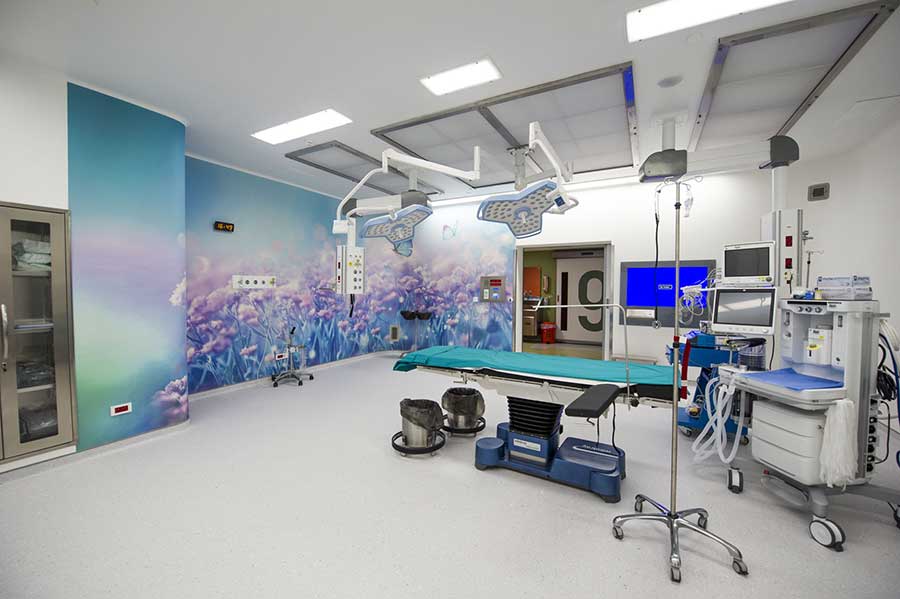
Limb lengthening surgery is a surgical procedure that is chosen because of aesthetical or medical purposes. Just like every other surgical process, this surgery also contains some risks and possible complications. In this text, the risks and complications of the limb lengthening surgery and professional details that the patient needs to be informed will be mentioned.
Questions like “Is the limb lengthening surgery dangerous?”, “what are the possible risks?”, “what if I become disabled after the lengthening surgery” pops up in the head of those who are thinking of the surgery process. In this text, we will be answering these important questions in a professional way.
1- Risks and solutions in the limb lengthening surgery
Limb lengthening surgery might bring many risks along as it is a serious surgical process. But, most of these risks can be managed successfully through right treatment methods and early diagnosis. Below, risks and solutions about the surgery are listed and explained in detail.
Infection
Causes: the lack of sterilization during the surgical process or not abiding to the hygiene rules after the surgery may result in infection.
Symptoms: fever, redness, swelling and pain in the surgical area.
Treatment and solution:
- Antibiotics treatment: infections that are diagnosed early can be generally treated with antibiotics.
- Medical dressing and cleaning: regular dressing and keeping the surgical area clean prevents the infection from spreading.
- Surgical operation: in the situation of severe infection, additional operation might be needed in order to clean the infected tissue. After that, staying at the hospital under the control of the doctor with the treatment of antibiotics will prevent this situation.(Important note: the patients that are under the care of us have not experienced a serious infection case, this was prevented by antibiotic treatment.)
Our nurse changing the medical dressing of a patient who got the lengthening surgery with the LON method.
Our nurse changing the medical dressing of a patient who got the lengthening surgery with the Precice method.
Bone nonunion
Causes: age, insufficient dietary, smoking, insufficient blood circulation or deficiency of physical activity.
Symptoms: lack of enough production of new bone tissues or slow union during recovery process.
Treatment and solution:
- Bone grafting: the recovery process is supported by transferring bone to the area that has not united.
- Dietary support: a diet that is rich of calcium and vitamin D supports the bone health.
- Prp- stemcell: this is done under local or general anesthesia when the lengthening is over. Affects the union %80 positively.(Important note: the need for the graft is %2, and in general this condition is prevented by prp pr stemcell treatment.)
Nerve and vein damage
Causes: accidentally damaging the nerves or the veins during the surgery.
Symptoms: numbness, electrification, drowsiness, prickling, muscle weakness or circulation issues.
Treatment and solution:
- Physiotherapy: physiotherapy is performed regularly so that the nerves can form again and the circulation can be fixed.
- Surgical operation: nerve or vein repair might be necessary depending on the damage extent.
- Medicine treatment: anti-inflammative medicines or vitamin B boost can be used in order to support nerve recovery.
(Important note: nerve damage cases have never been seen in our doctor.)
Psychological Stress
Causes: long recovery process, movement restriction, falling behind the social life.
Symptoms: anxiety, depression, loss of motivation.
Treatment and solution:
- Psychotherapy: getting support from a therapist may be helpful in managing anxiety and stress.
- Support groups: communicating with other patients that are going through the same process might increase motivation.
- Meditation and relaxation techniques: affects the recovery process positively by reducing the stress.
(Important note: we support the motivation with sessions of online psychotherapy, activities and monthly tours.)
Below, you can see the frames from our monthly activities that are arranged in order to increase the motivation and support the mental health of our patients.
2- Complications and Solutions
Some complications may occur after the limb lengthening surgery. But most of these problems can be managed successfully with early diagnosis and the right treatment methods. Below are listed and explained the solutions of the complications that are encountered the most.
Shortening in muscles and tendons
It might take a while for the muscles and the tendons to adapt to the bones that are lengthening. This condition may lead to the muscles to lose their flexibility and movement restriction. Generally, it becomes more obvious when long bones such as tibia (lower leg) or femur (upper leg) grows longer.
Symptoms: having a hard time moving, stiffness in the legs and lose of flexibility.
Solutions:
- Physiotherapy: regular stretching and strengthening exercises that are made along with an expert helps the muscles and tendons adapt.
- Massage and manual therapy: can be applied to stretch the muscle tissues.
- Prp recovery method: can be used to help and quicken the recovery of the muscles and tendons.
- Preparation before the surgery: personal exercise programs are sent to our patients to help strengthen the muscles before the surgery.
Problems about the device
Problems like mechanic breaking downs or the device getting loose may scarcely occur in the devices such as Combine/LON or Precice. This might lead to the recovery process to extent.
Symptoms: pain, sensitivity in the areas where the device is placed, loosening of the device or mechanic sounds.
Solution:
- Regular device checkups: with the regular checks that are made by experts, the placement and the functionality of the device gets evaluated.
- Radiological display: the effect and the adaptation of the device on the bone gets controlled with an x-ray.
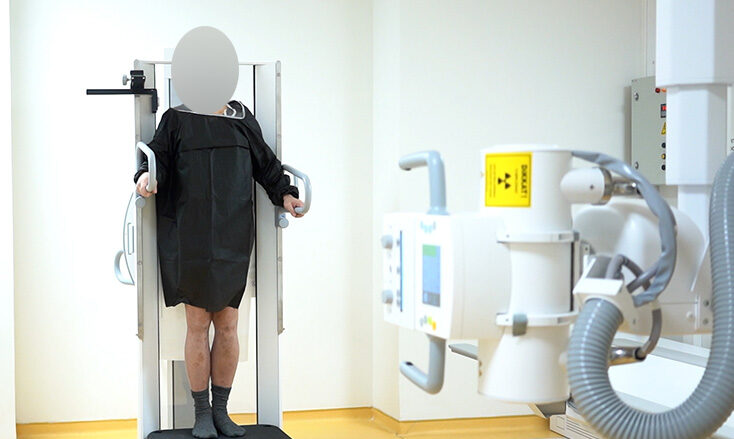
Movement restriction on the knees and hips
Putting extreme weight on the joints during the lengthening of the bones might lead to some movement restriction. Especially knees and hip joints are among the most affected areas during this lengthening process.
Symptoms: decreasing of movement angle on the knees or hips, pain, feeling of stiffness.
Solution:
- Exercise and physiotherapy: exercise programs that are specialized in increasing the movement angle are applied.
- Applying hot-cold: can be used in order to lessen the pain and increase the movement.
- Anti-inflammative medicines: can be prescribed in order to weaken the infection and joint pains.
- Exercises of flexion and extention: can be applied with an expert in order to increase the flexibility of the joints.
- Change or repair of the device: the device will be changed or repaired in necessary conditions.
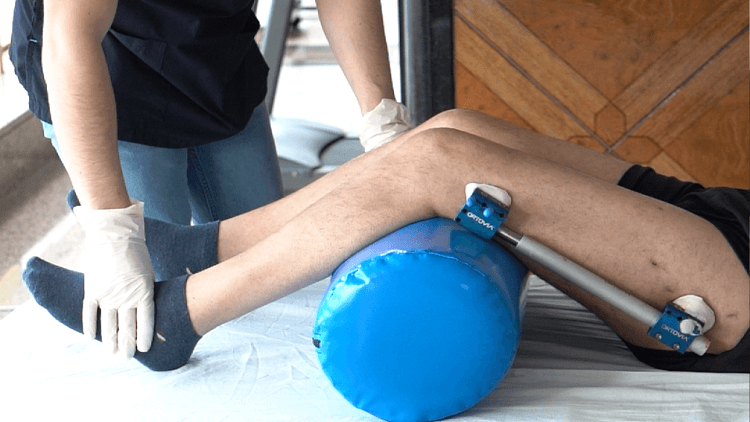
Blood Coagulation
Staying still for a long time can increase the risk of blood coagulation in leg veins. This condition can cause serious circulation problems.
Symptoms: pain and swelling in the calves, sensitive to touch, redness on the skin.
Solution:
- Blood thinners: these are prescribed after the surgery in order to prevent the possibility of coagulation.
- Compression socks: can be used in order to prevent coagulation and increase circulation.
- Movement and exercise: staying still for a long time should be avoided, regular walking and light exercises should be done.
- Early diagnosis: coagulation can be detected early with ultrasound and other detecting methods and can get operated.
Managing of the risks and complications
In the limb lengthening surgery, these steps should be followed in order to safely manage the risks:
- Choosing an experienced doctor: an experienced doctor who is an expert in his area minimizes the complication risks by managing through the surgery safely.
- Control of hygiene and infection: the risk of infection gets effectively prevented with the usage of sterile surgical equipment, keeping the surgical area clean and dressing regularly.
- Physiotherapy program: physiotherapy programs that are planned specially for the patient after the surgery for the muscles, tendons and nerves to adapt; supports the recovery process and movement skills.
3- Is there any risk of becoming disabled after the limb lengthening surgery?
Limb lengthening surgery is a carefully planned surgical procedure and when it is conducted by a team that is expert in its area the risk of becoming disabled is very low. As Turkey’s first limb lengthening surgery center, we carefully manage the process with our specialist doctors and experienced team; and prioritize the health and safety of our patients.
Why is the risk of becoming disabled low?
- Experienced surgeon and team: Our team consists of surgeons and health experts who have long years of experience. The protection of the nerves, muscles and veins is greatly taken care of.
- Advanced technological methods: We increase the safety of the surgery by using modern devices and advanced technics. For example, with methods like Precice and Combine/LON the risk of complication is minimalized.
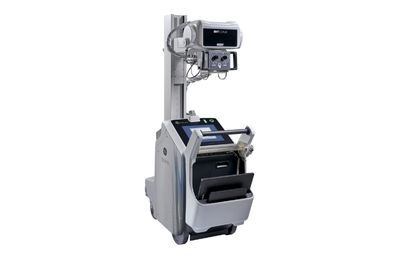
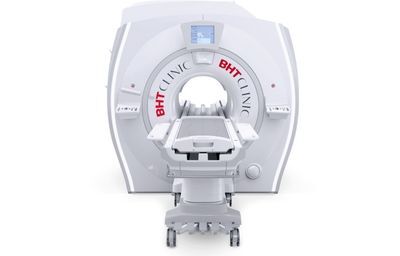
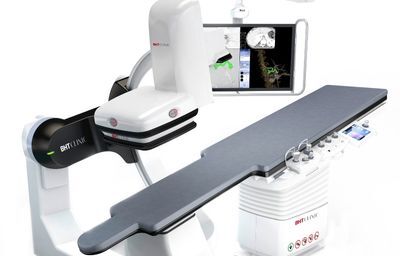
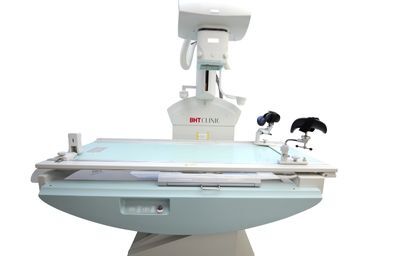
- Regular follow ups and physiotherapy: The recovery process gets followed up closely with regular check ups and personalized treatment programs. This helps to the early diagnose of possible complications and therefore operating on time.
- Regular follow up: regular follow ups and radiological evaluations after the surgery ensure the early diagnose of the possible complications, and help the recovery process to go on without any problem.
Is limb lengthening surgery safe?
The results of hundreds of successful surgeries we have conducted so far prove how safe this process is. With the international health tourism authority that is ministry of health certified, our company serves as a leader institution in this area.
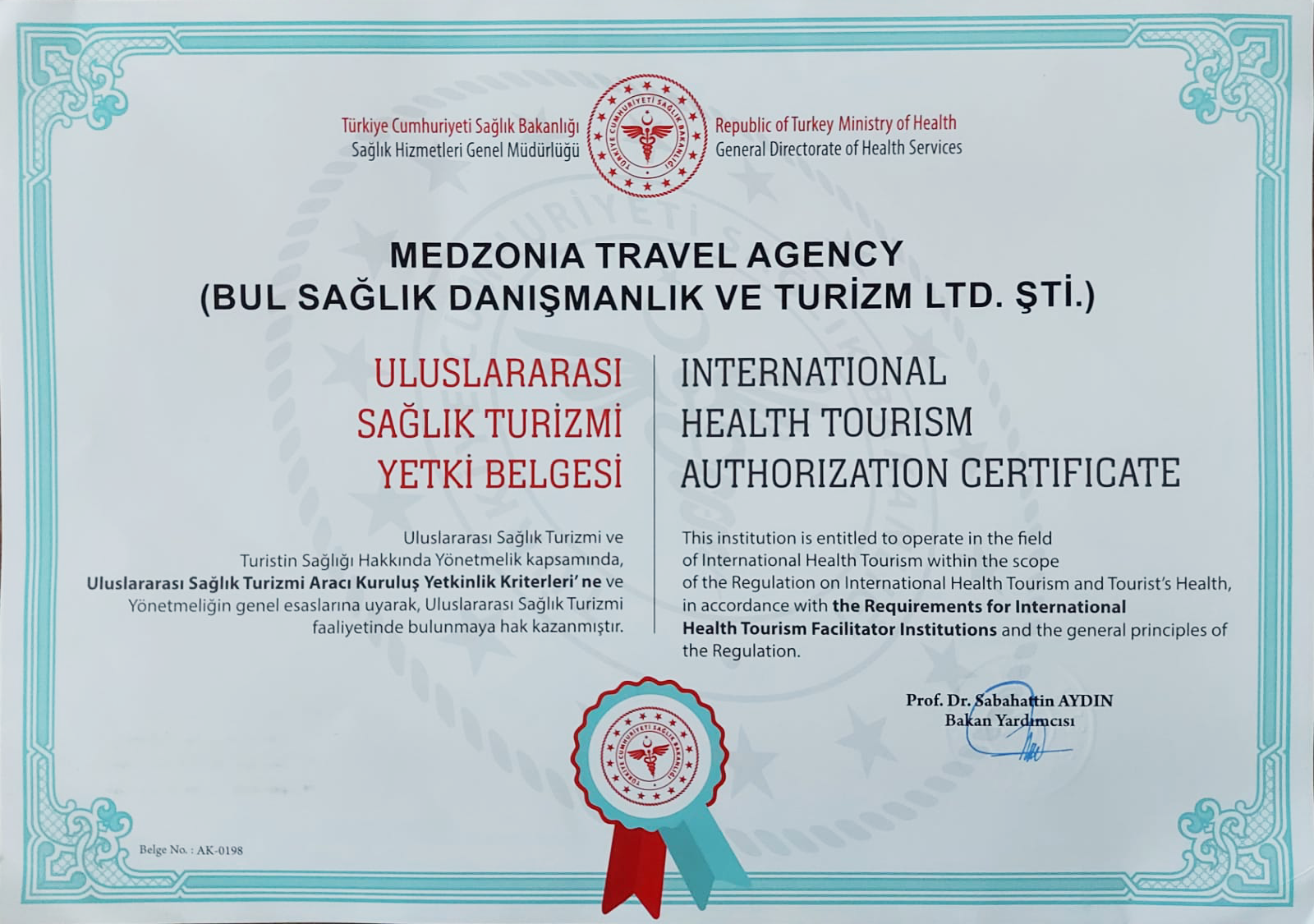
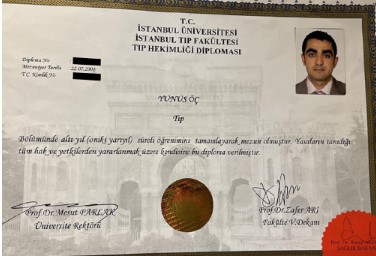
Results: Full recovery is possible
After the limb lengthening surgery, the risk of becoming disabled is very low and with the right surgical operation and regular check ups full recovery is possible. As the first limb lengthening surgery center, we keep offering our patients a safe, comfortable and successful treatment process. For all questions about the surgery, you can contact us.
4- Frequently asked questions
- Is the limb lengthening surgery suitable for every patient?
The surgery is suggested to the patients that are found suitable after a thorough evaluation.
2. Can I work out after the surgery?
After the limb lengthening surgery, it is possible to work out, but it should be done with the approval of the doctor within the suggested time period (5-6 months after the first operation). Generally, until the full recovery is ensured, heavy physical activities are avoided and it is best to start with light exercises. With an expert observance, it is possible to switch to sport activities.
3. Is limb lengthening surgery permanent?
Yes, the lengthening which is a result of the surgery is permanent. But it is important to abide by the suggestions of the doctor and the team for a successful result.
4. Is there any pain felt during the surgery?
As general anesthesia is applied during the surgery, there isn’t any pain that can be felt. But after the surgery, it is possible to feel pain and this pain is managed by painkillers. Limb lengthening surgery is a complex surgical process that requires an expert team and advanced medical foundation. Our hospital offers a safe treatment process by applying the most current technics and high hygiene standards. The recovery and care process after the surgery is planned carefully to increase the comfort and satisfaction of the patients. Our team is always available for the right information and the professional support.
Also, you can get information about the temporary complications observed in the lengthening process from the video below or for more detailed videos you can keep following our Youtube page.
For detailed information and appointment:
Telephone&Whatsapp: +90 531 988 3090
e-mail: support@wannabetaller
instagram: @leg_lengthening_surgery
